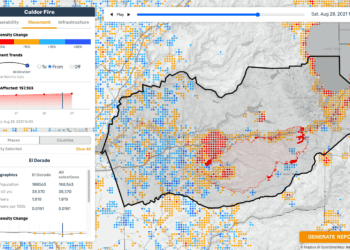In response to the increasing frequency of extreme weather events driven by climate change, Google has unveiled an expanded AI tool designed to predict river floods in North America.
This new initiative, known as the Flood Hub, will extend its coverage to over 800 riverside communities across the United States and Canada, providing crucial information for more than 12 million residents. The tool represents a growing trend of leveraging artificial intelligence to adapt to and prepare for the challenges posed by our changing climate.
As such, artificial intelligence is increasingly being recognized as a transformative force in the battle against climate chance. The primary challenge, however, is to ensure the dependability of these AI models. A collaborative approach involving technical specialists, meteorologists, weather modelers, and response teams is essential to guarantee the accuracy and reliability of these advanced tools.
Dr. Satchit Balsari, co-director of CrisisReady, was interviewed by Newsweek to describe his work at the convergence of climate response, novel data analytics, and the development AI-powered applications. Under Balsari’s guidance, CrisisReady is harnessing the power of AI and new data tools, similar to Flood Hub, to strengthen the resilience of medical systems and communities against climate change. This includes tools like Climateverse and CrisisReady’s ReadyReports.
Climateverse leverages the power of generative AI chatbot applications with the utility of public data relevant to climate change research and policy. The tool features a rapidly expanding repository of curated, processed, and easy-to-use datasets for climate research and policy. Data from the repository is queried through a chatbot that provides information on data provenance, relevance, uncertainty, bias and the impact of merging datasets on accuracy and privacy.
The following are two prototypes of the Climateverse platform:
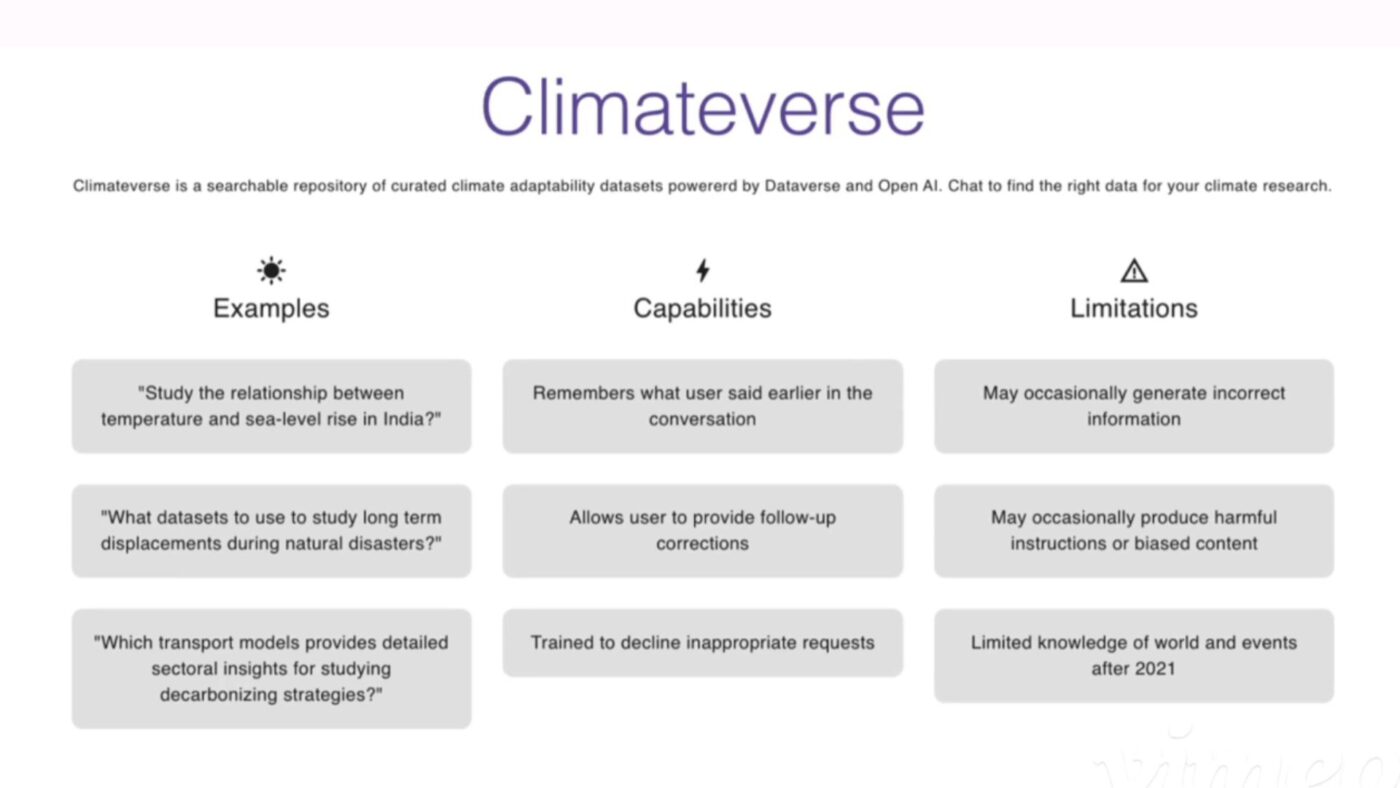
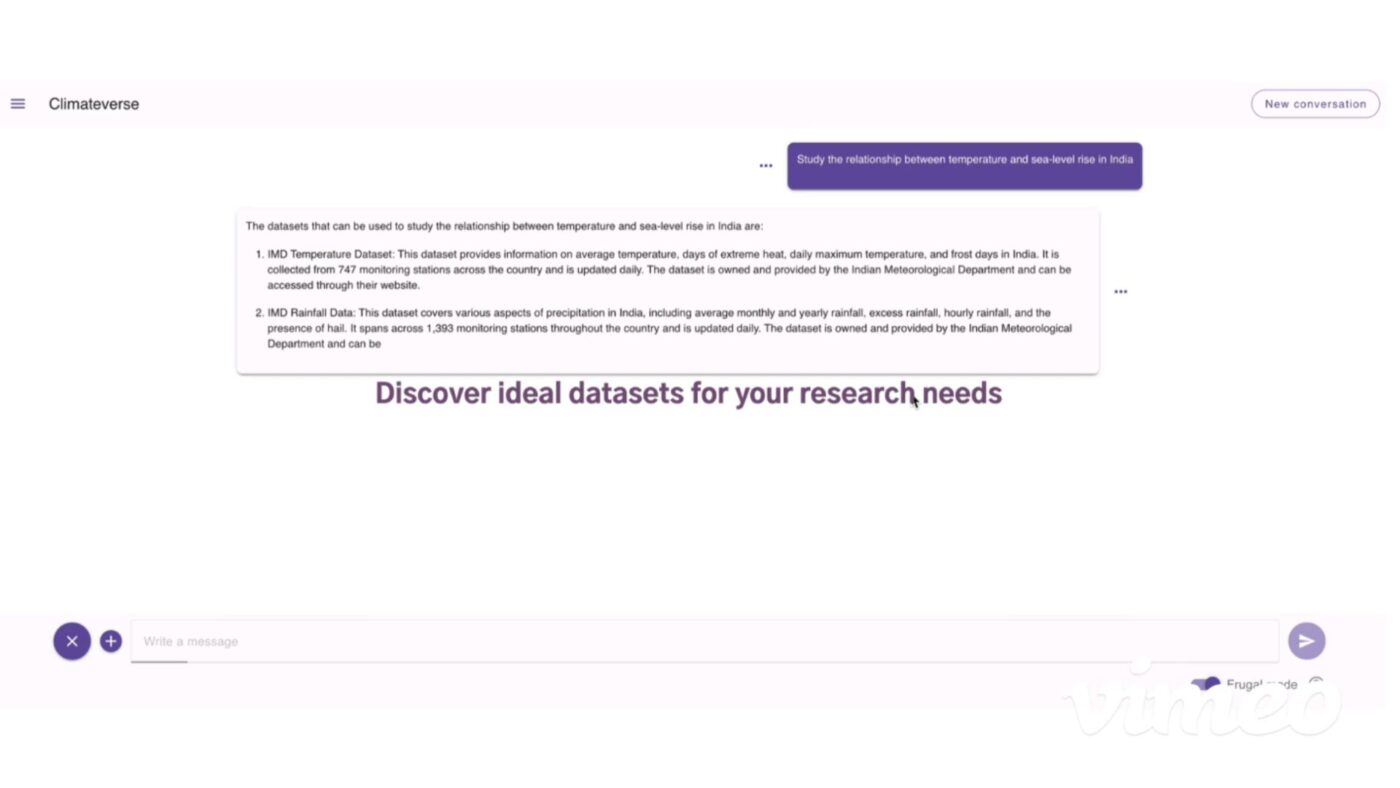
CrisisReady’s ReadyReports combine disparate data sources to strengthen disaster response with important insights to improve resource allocation and streamline operations.
The ReadyReports reveal how population densities shift as the emergency event evolves. These fluctuations provide insight on the movement patterns of communities during disasters, providing critical information on population displacement dynamics. They also shed light on baseline population vulnerabilities and data on the healthcare infrastructure of the region.
Below is an example ReadyReport, showing data collected during the Dixie Fire in California:
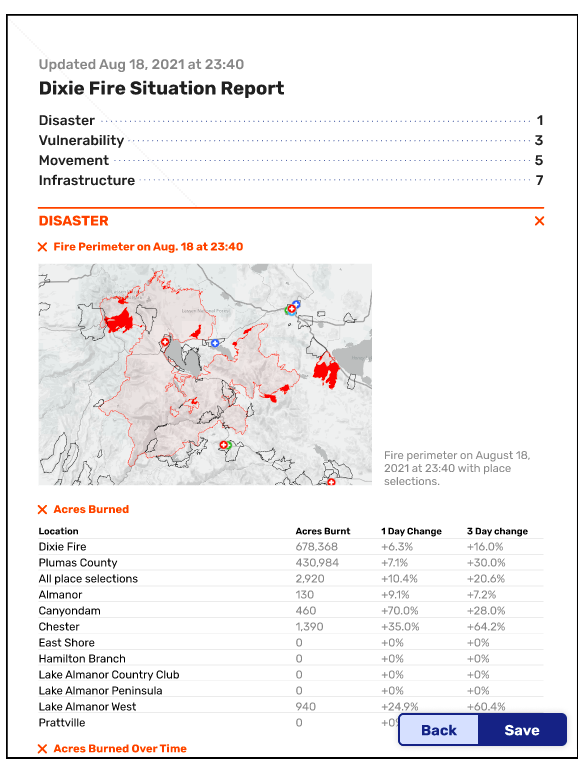
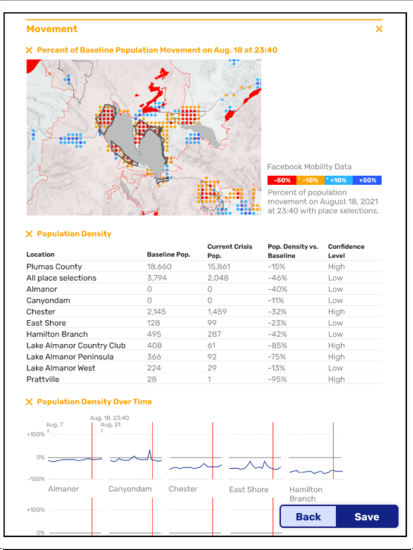
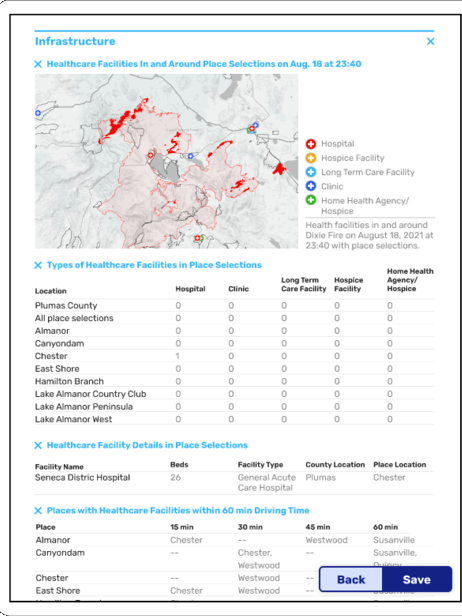
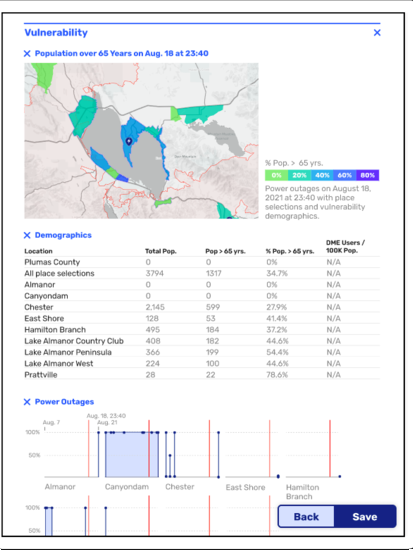
“What is happening is people will be trapped in their homes and they’re unable to get to needed care, critical medications run out, or power went out.
We need to identify where these people are, where the vulnerable are, and where the infrastructure is that can support them.”
Dr. Satchit Balsari
Commenting on the importance of these initiatives, Dr. Balsari emphasized the urgency of addressing challenges faced by those impacted by extreme weather events. These individuals often endure long power outages and lack of access to medical care and other essential resources. His emphasis on real-time data, like those offered in CrisisReady’s ReadyReports, underscores its significance in identifying population movements during extreme weather events, a crucial factor for hospitals in preparing for surges in demand.
However, Balsari notes that challenges remain. Many valuable data sets are still siloed, even within certain government entities, and any information related to health must be treated with the highest degree of care and confidentiality.
Trust remains another major concern when integrating AI models into weather forecasting and disaster response technologies. For new analytic methods to gain traction and make an impact at scale, they must first win over the trust of the public and authorities.
The stark reality is clear: extreme weather events are escalating in both intensity and frequency due to climate change. To effectively prepare for, mitigate, and adapt to these rapid shifts, the global community must take advantage of cutting-edge technologies and new methods of data analysis. Artificial Intelligence emerges as a promising tool in this endeavor. However, an important question remains: Are we capable of adjusting quickly enough to the impending challenges?”
Header image: Yasin Akgul/AFP via Getty Images

